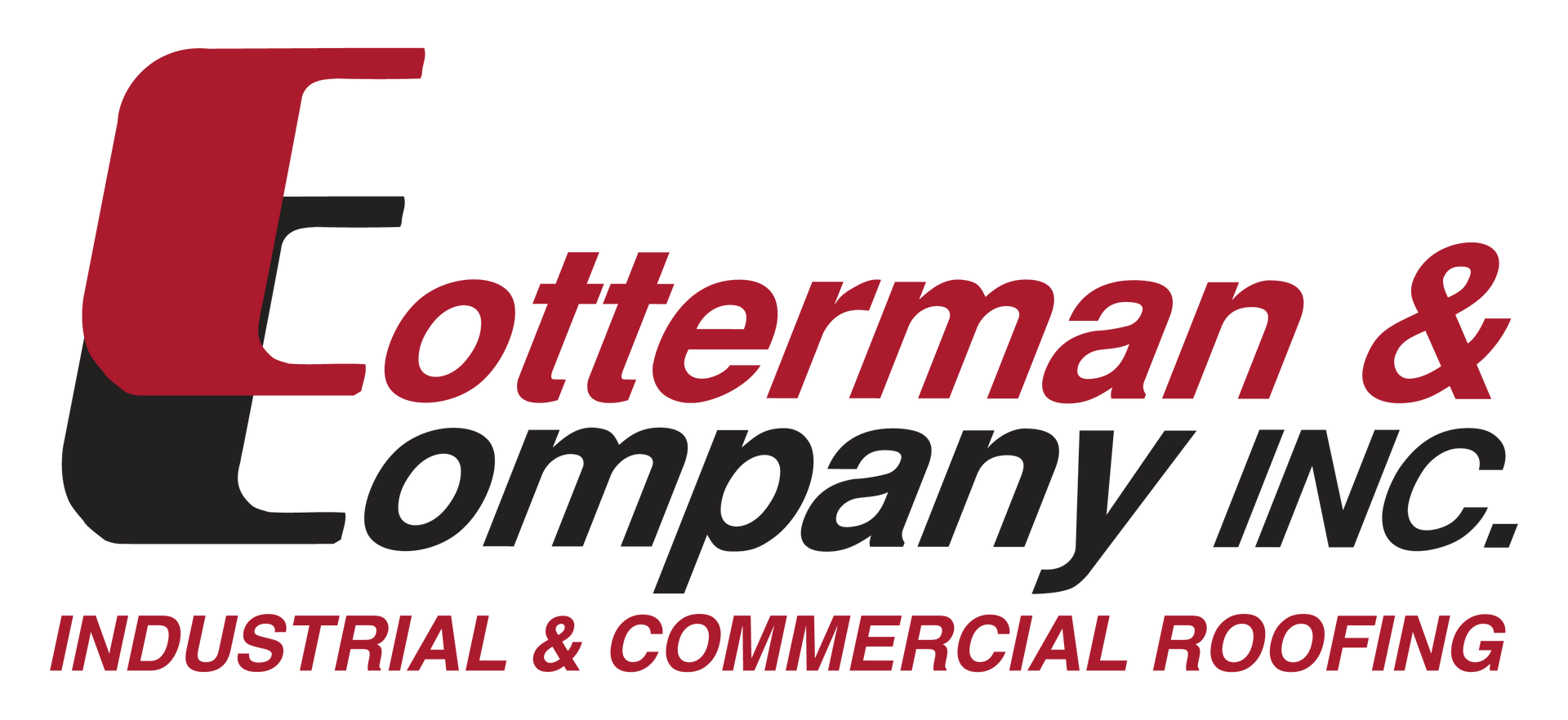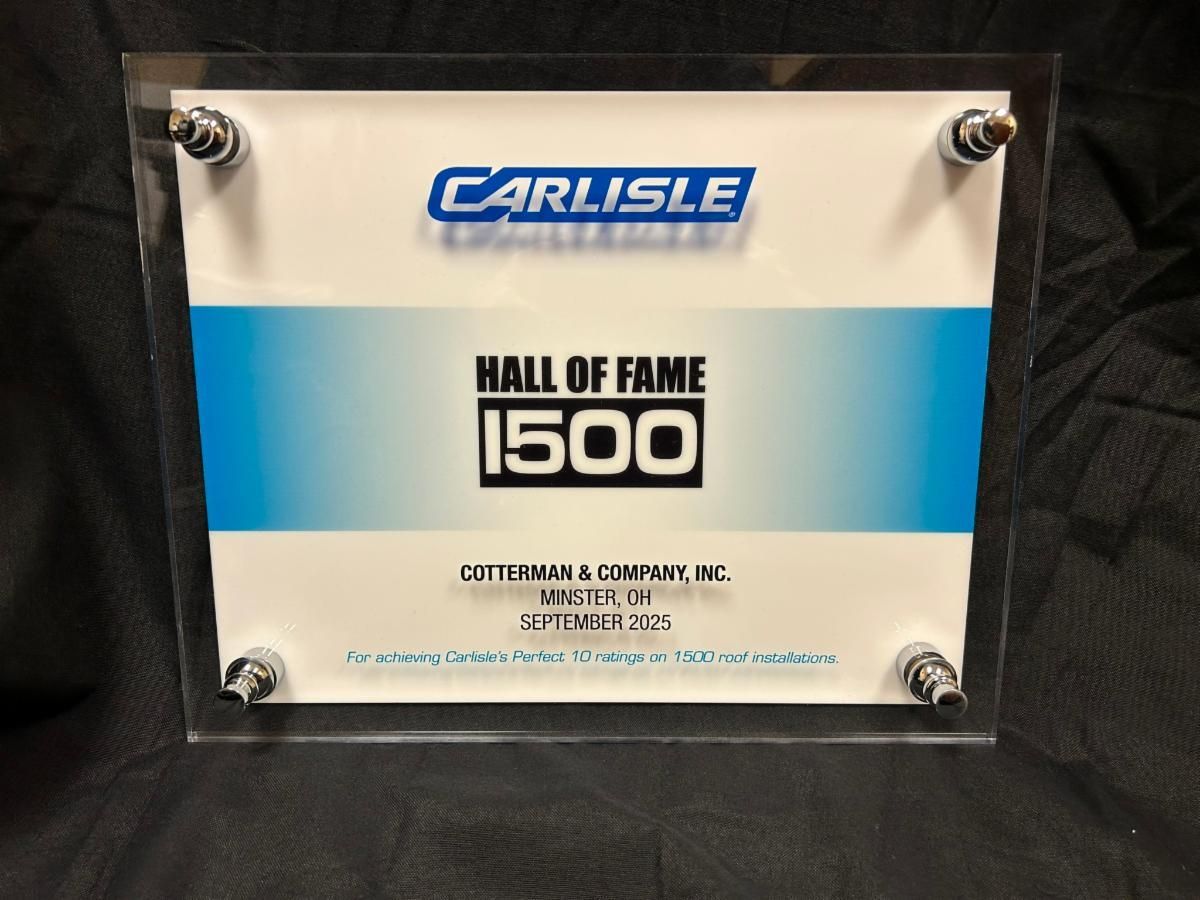Today’s Popular Roofing Membranes: What Are the Differences?
Dear Customers,
At Cotterman & Company Inc., we pride ourselves on offering the best roofing solutions tailored to your specific needs. In today’s newsletter, we’re exploring three popular roofing membranes used in commercial and industrial roofing: TPO, PVC, and EPDM. Each of these options offers unique strengths to suit a variety of building requirements.
Thermoplastic Polyolefin (TPO)
History:
Introduced in the early 1990s, TPO has become a favorite due to its energy efficiency and cost-effectiveness.
Usage:
TPO is ideal for warmer climates, thanks to its reflective surface that helps reduce energy costs.
Installation:
TPO is installed in large sheets, with seams that are heat-welded to create a durable, leak-resistant roof.
Quality and Life Expectancy:
TPO membranes typically last 15 to 30 years, depending on membrane thickness and installation methods. Continuous advancements in technology are enhancing its long-term performance.
Polyvinyl Chloride (PVC)
History:
PVC has been in use since the 1960s, known for its flexibility and chemical resistance.
Usage:
PVC is a strong choice for environments where chemical resistance, fire protection and energy efficiency are crucial.
Installation:
Similar to TPO, PVC membranes are installed with heat-welded seams, ensuring a watertight and robust seal.
Quality and Life Expectancy:
PVC typically lasts 15 to 30 years, depending on the thickness of the membrane and the installation technique used. Its performance is reliable across various environmental conditions.
Ethylene Propylene Diene Monomer (EPDM)
History:
EPDM has been a go-to roofing membrane since the 1960s, valued for its longevity and weather resistance.
Usage:
Particularly suited for colder climates, EPDM excels in extreme temperatures and offers excellent UV resistance.
Installation:
EPDM is installed using adhesives or seam tape, making it versatile for roofs with complex designs.
Quality and Life Expectancy:
EPDM membranes also typically last 15 to 30 years, with durability influenced by membrane thickness and installation methods. Its resilience in harsh weather makes it a dependable choice.
What’s the Difference?
All three roofing membranes—TPO, PVC, and EPDM—offer dependable performance, with a lifespan of 15 to 30 years depending on factors like membrane thickness and installation techniques. TPO is great for energy efficiency, PVC excels in chemical resistance, and EPDM is ideal for long-term weather performance.
At Cotterman & Company Inc., we’re here to help you choose the roofing solution that best fits your needs. Whether you prioritize energy savings, chemical resistance, or durability in extreme weather, we have the expertise to guide you.
Thank you for trusting us with your roofing needs. We look forward to continuing to provide you with the best products and services in the industry.
Sincerely,
The Cotterman & Company Inc. Team


